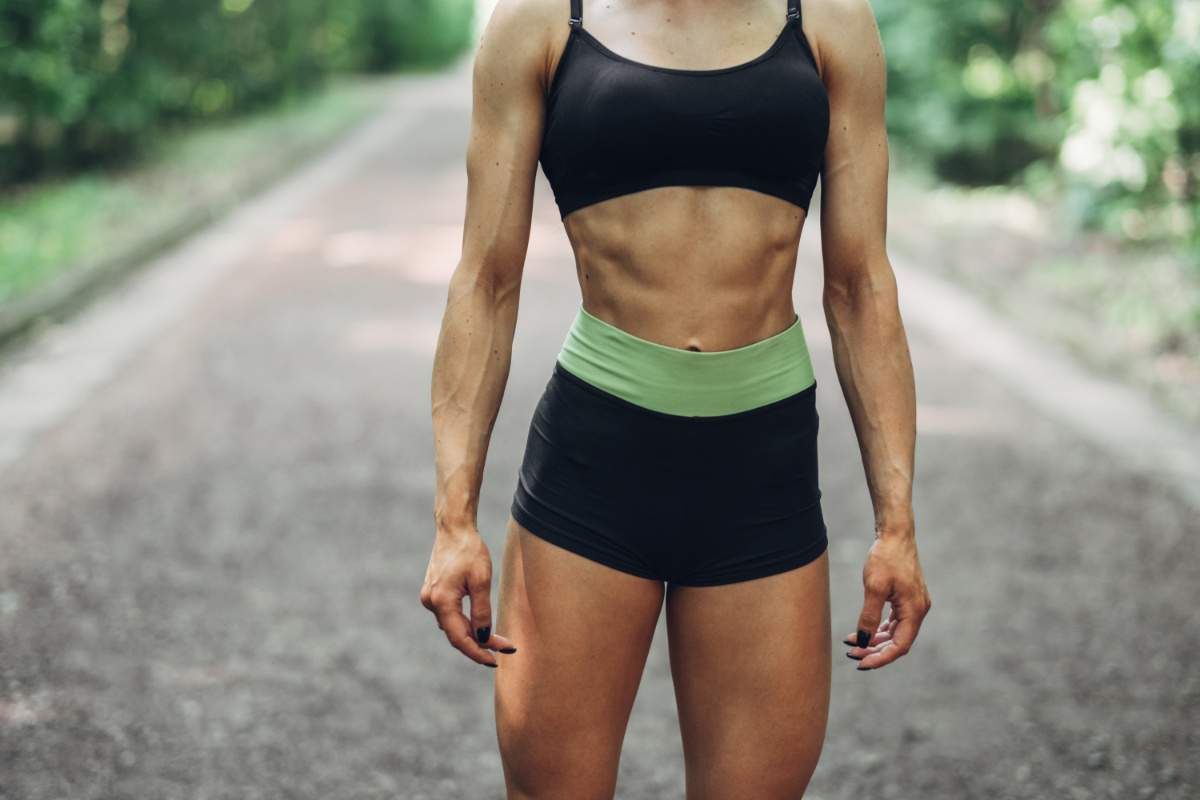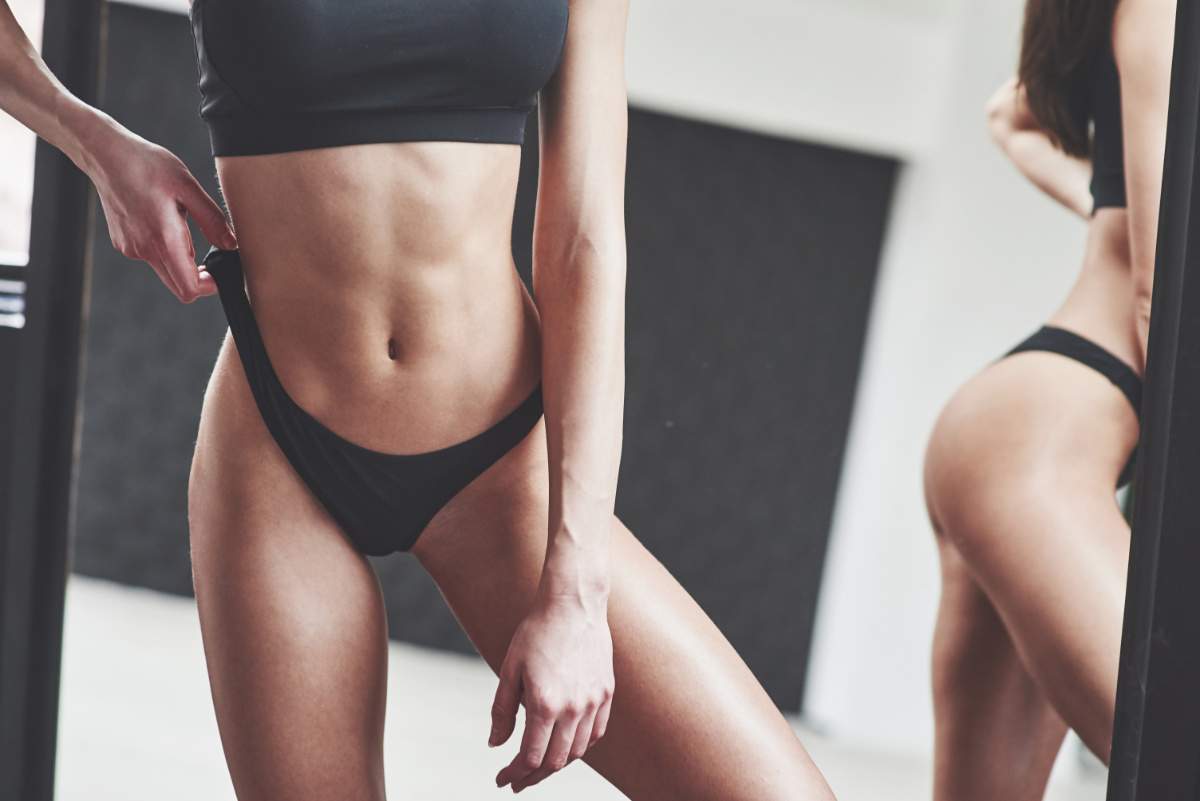Breast support during exercise is crucial but often overlooked. Many women avoid certain activities because of discomfort or embarrassment. As trainers, we need to address this properly.
Why This Matters
Poor breast support causes pain and limits movement. It can stop women from exercising altogether. That’s a serious health issue.
Studies show 50% of women experience breast pain during exercise. Most don’t know how to fix it.
Our female personal trainers help clients find proper support. It changes everything about their workout experience.
The Science of Breast Movement
Breasts move in all directions during exercise. Up and down. Side to side. Forward and back. This creates stress on supporting tissues.
Without proper support, this movement causes pain and potential long-term damage to Cooper’s ligaments.
Different Support Needs
Low-impact activities need less support. Walking, yoga, and light weights are easier on breast tissue.
High-impact activities need maximum support. Running, jumping, and intense cardio create more movement.
Sports Bra Categories
Compression bras work for smaller breasts. They press breasts against the chest wall to limit movement.
Encapsulation bras work better for larger breasts. They support each breast individually in separate cups.
Combination bras use both methods. They’re often best for high-impact activities.
Fitting Guidelines
Band size should be snug but not tight. You should be able to fit two fingers under the band.
Cup size should contain all breast tissue. No spillage over the top or sides.
Straps shouldn’t dig into shoulders. They should provide support without causing pain.
Common Fitting Mistakes
Many women wear the wrong size. They choose bands too loose and cups too small.
Sports bras stretch over time. What fits today might not fit in six months.
Regular bra size doesn’t always match sports bra size. Different brands fit differently too.
Exercise Modifications
For clients with poor support, modify high-impact exercises. Replace jumping jacks with step-touches.
Use supported positions when possible. Lying or seated exercises reduce breast movement.
Addressing the Topic
Many trainers avoid discussing breast support. They’re embarrassed or think it’s inappropriate.
But it’s a legitimate health and performance issue. Address it professionally and matter-of-factly.
For Different Activities
Boxing personal training requires excellent support. Punching movements create significant breast movement.
Yoga needs comfortable support that allows full range of motion. Too much compression can restrict breathing.
Post-Pregnancy Considerations
Breast size and shape change during pregnancy and breastfeeding. Support needs change too.
Nursing sports bras provide access for feeding while maintaining support during exercise.
Age-Related Changes
Breast tissue changes with age. Older women might need different support than younger women.
Menopause affects breast density and shape. Support recommendations should adapt accordingly.
Budget Considerations
Good sports bras are expensive. But they’re essential equipment, not luxury items.
Help clients understand this is an investment in their health and comfort.
When to Replace
Sports bras lose elasticity over time. Replace them every 6-12 months with regular use.
Signs of wear include stretched bands, loose straps, and reduced support.
Professional Recommendations
Recommend professional fittings when possible. Many women have never been properly fitted.
Some specialty stores focus on sports bras and active wear. They understand the unique requirements.
Cultural Sensitivity
Some cultures have specific modesty requirements. Be sensitive to these needs when discussing support.
Offer private consultations if needed. Respect cultural and religious considerations.
For Larger Breasts
Women with larger breasts face unique challenges. They need maximum support and may require special modifications.
High-impact activities might need significant modifications or alternatives.
Online Training Considerations
Online personal trainers can’t assess support visually. Ask clients about comfort and pain levels.
Provide general guidelines and recommend professional fittings when needed.
Creating Safe Spaces
Make your training environment comfortable for discussing these issues. Be professional and non-judgmental.
Some clients prefer discussing this with female trainers. Respect these preferences.
Education is Key
Many women don’t understand the importance of proper support. Education is part of your job.
Explain how good support improves performance and prevents injury.
Working with Teens
Young athletes often use inadequate support. Parents might not understand the importance.
Education for both teens and parents is crucial for long-term breast health.
Special Populations
NDIS personal trainers might work with clients who have physical limitations affecting bra fitting.
Adaptive sports bras are available for various disabilities and conditions.
Documentation and Privacy
Keep discussions about breast support private and professional. Don’t document unnecessary details.
Focus on exercise modifications and comfort levels rather than personal details.
Referral Resources
Know where to refer clients for professional fittings. Build relationships with specialty retailers.
Some physiotherapists specialize in women’s health and can provide additional guidance.
The Bottom Line
Proper breast support is essential for comfortable, effective exercise. It’s a legitimate health and performance issue.
Address it professionally. Provide education and resources. Help clients find solutions that work for them.
Want to work with trainers who understand all aspects of women’s health and fitness? Our personal trainers across all locations are trained to address these important issues sensitively and professionally.
Good breast support can transform a woman’s exercise experience. Don’t let poor support limit your clients’ potential.


